Who’s to blame for London’s housing boom? Foreigners
Recent news that a single family home overlooking Hyde Park is on sale for £300 million ($487 million) makes you wonder how long London’s luxury property boom can last.

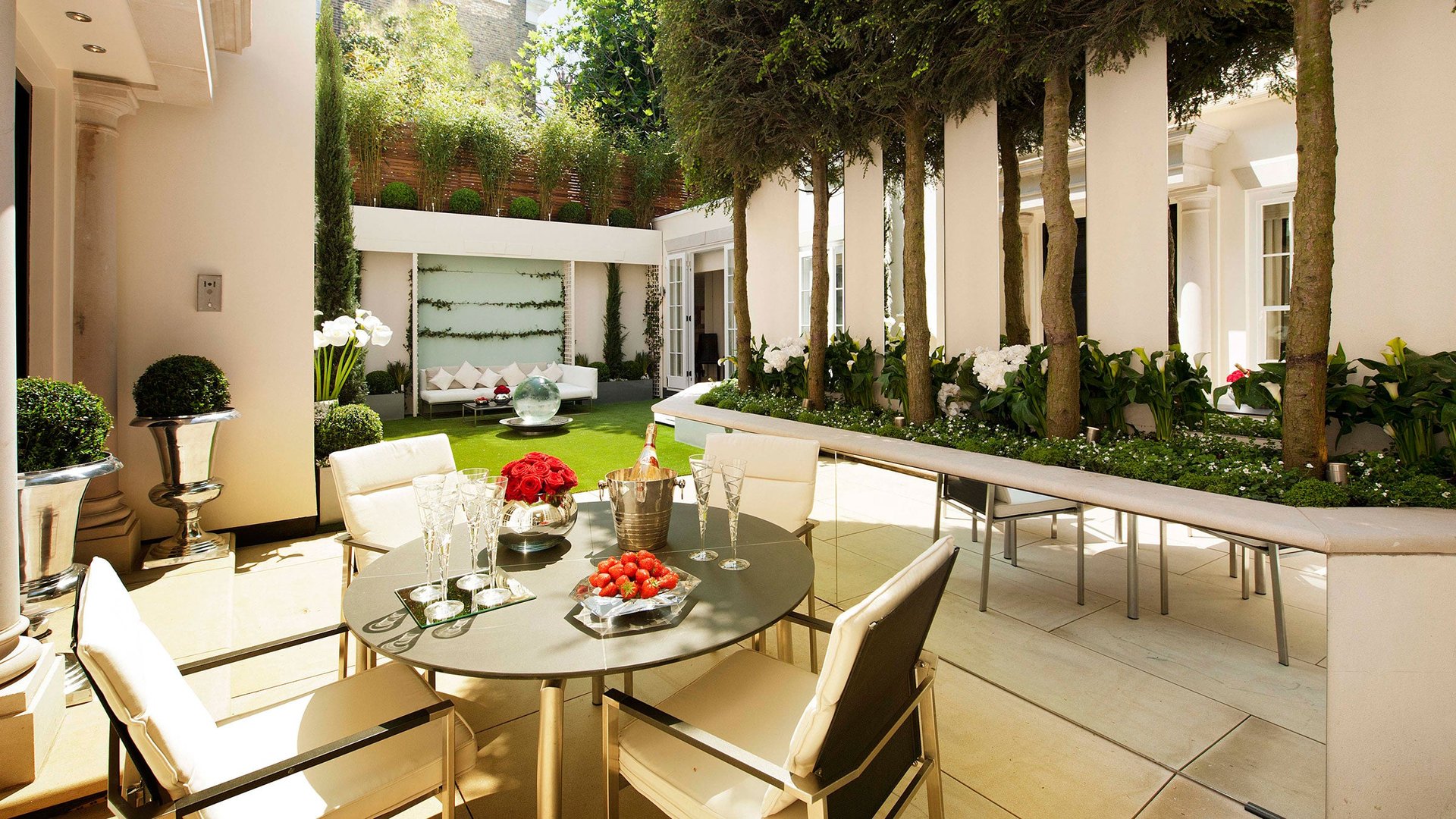
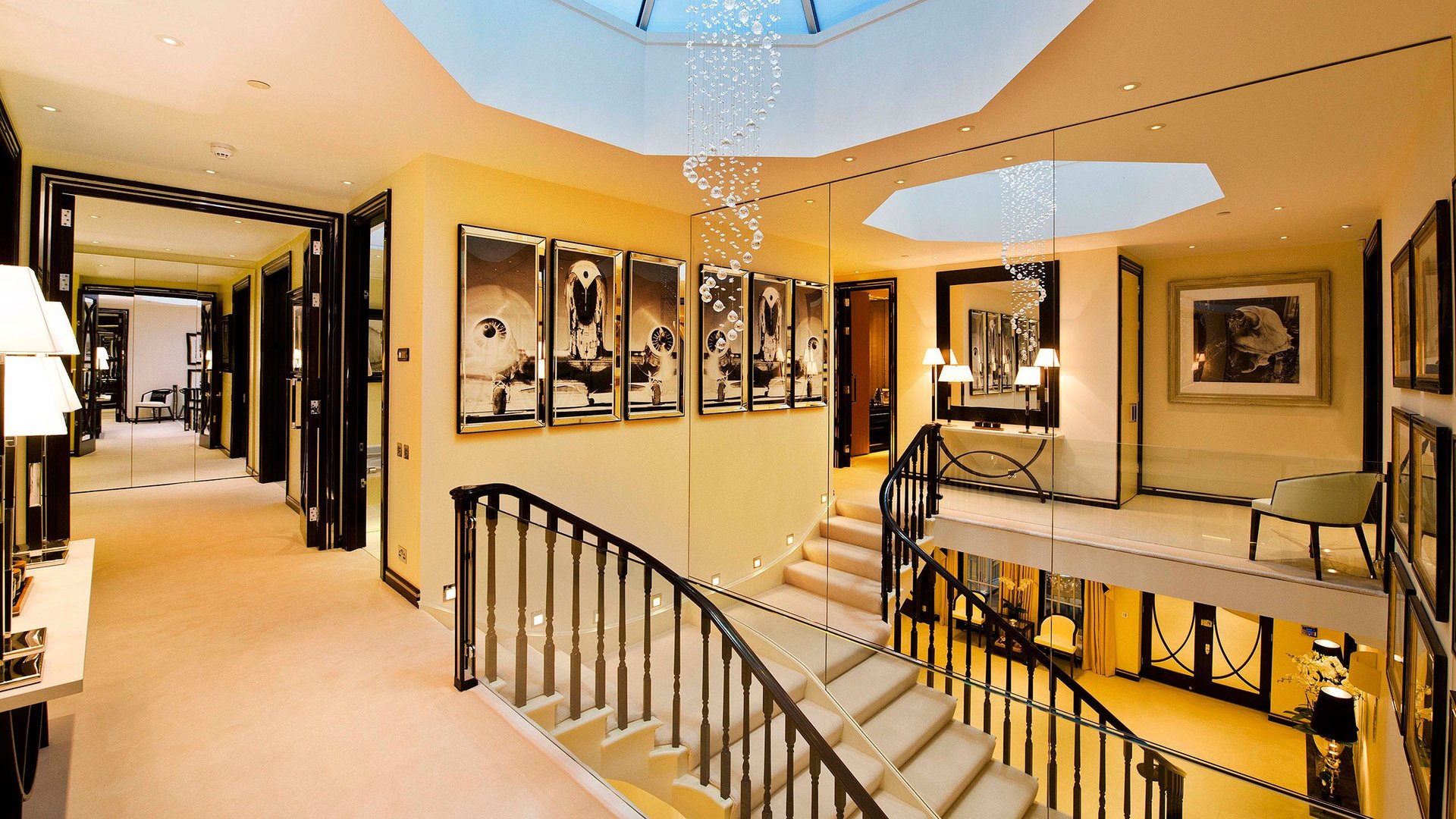
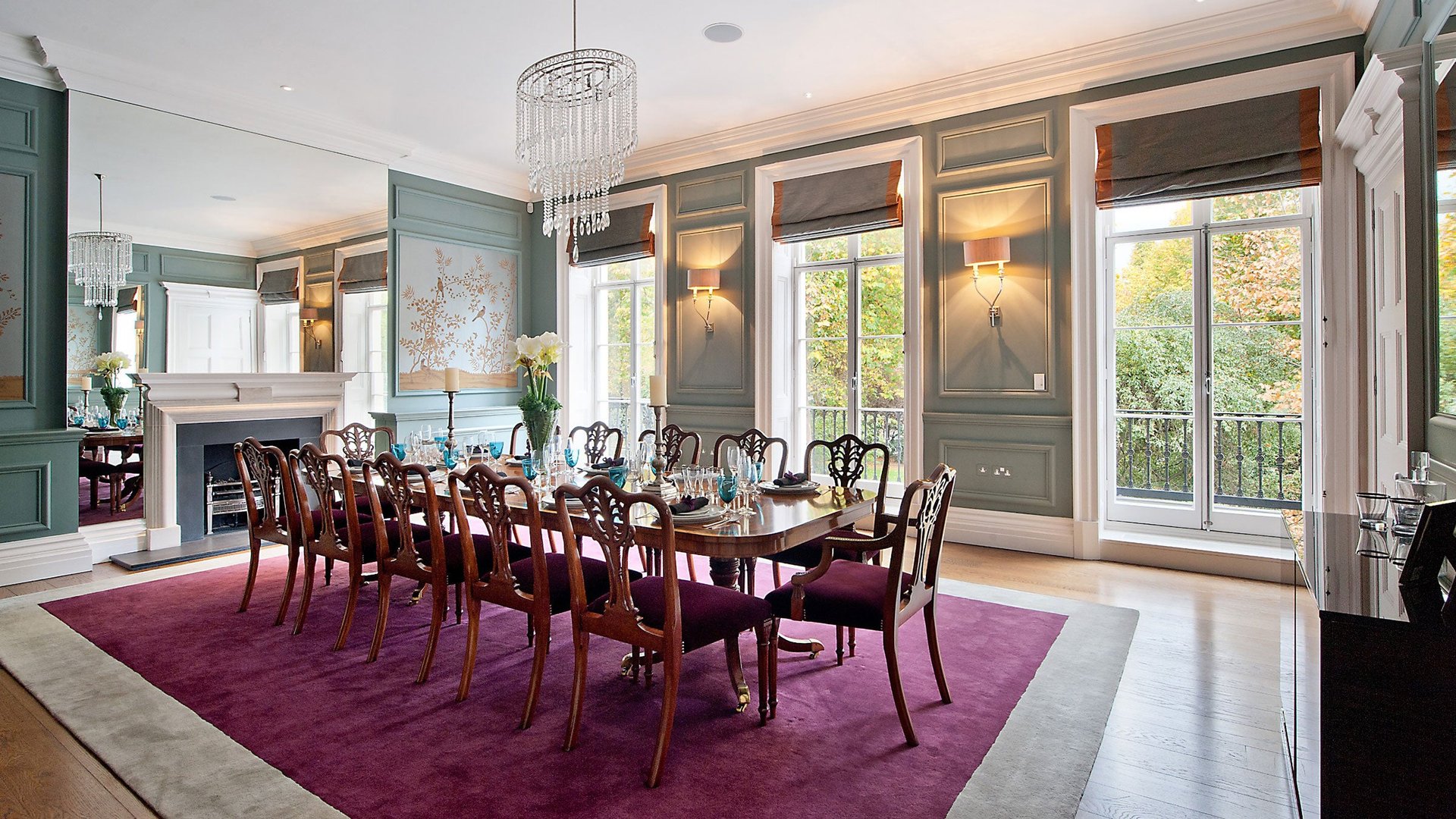
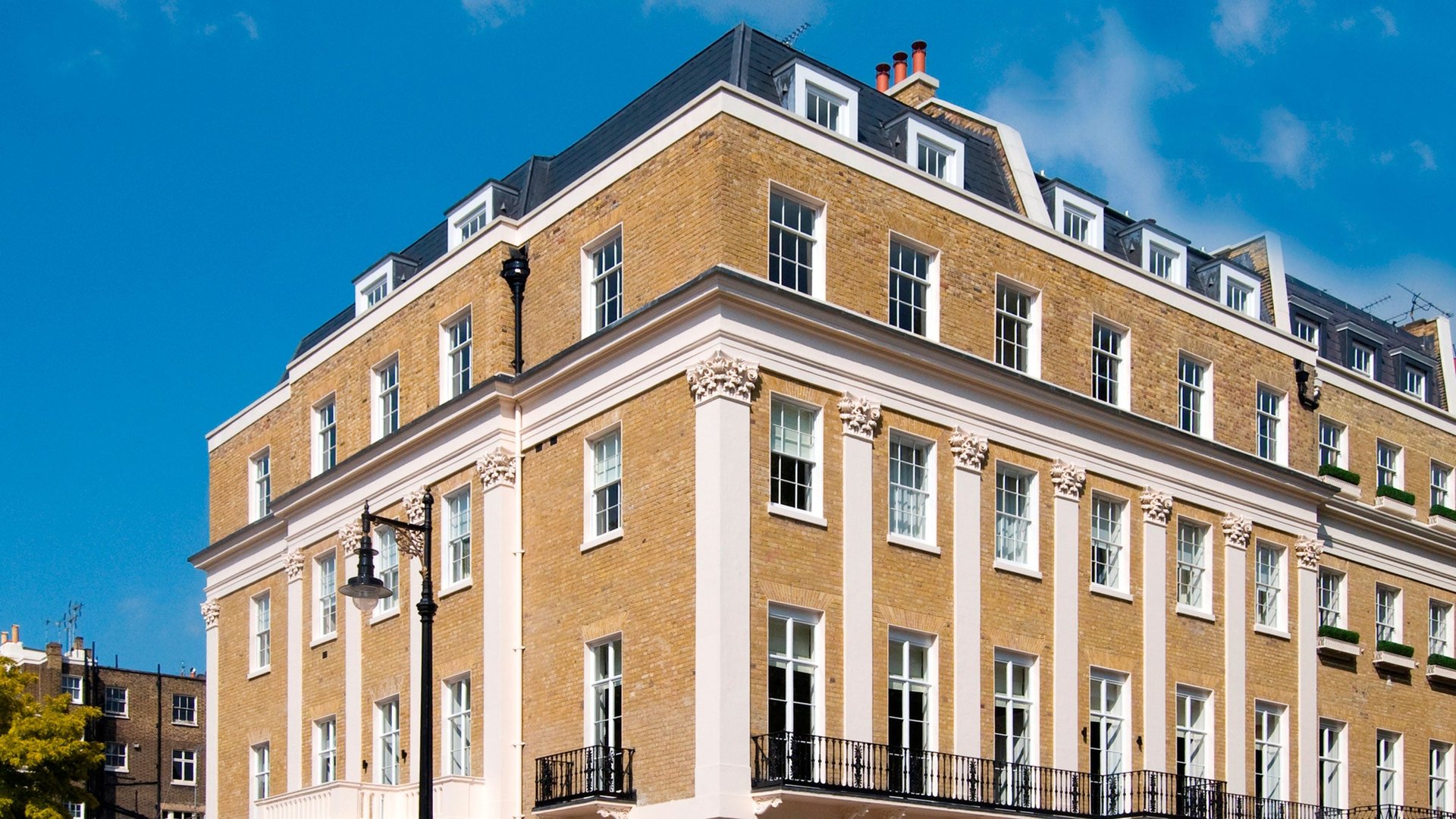
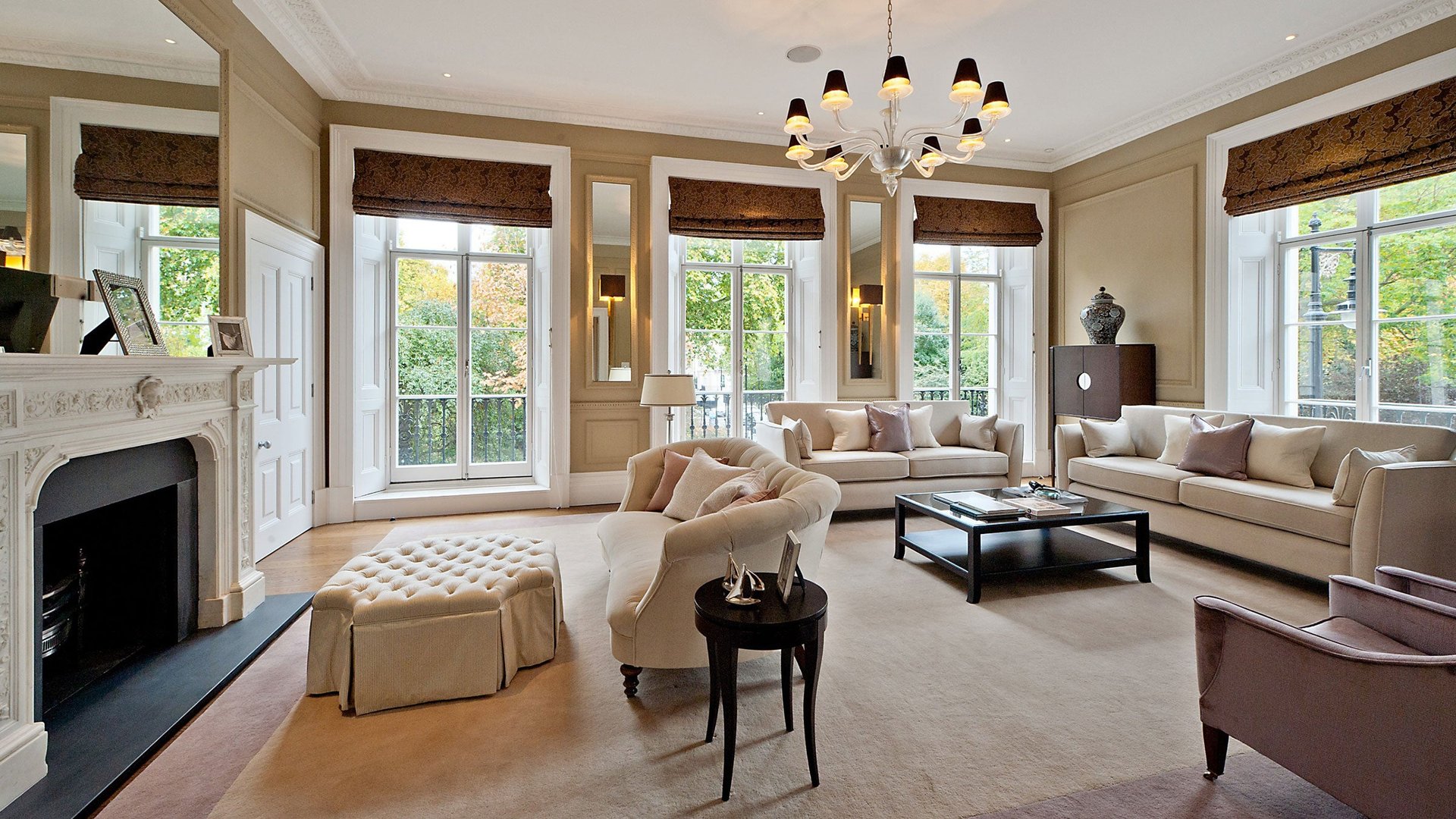
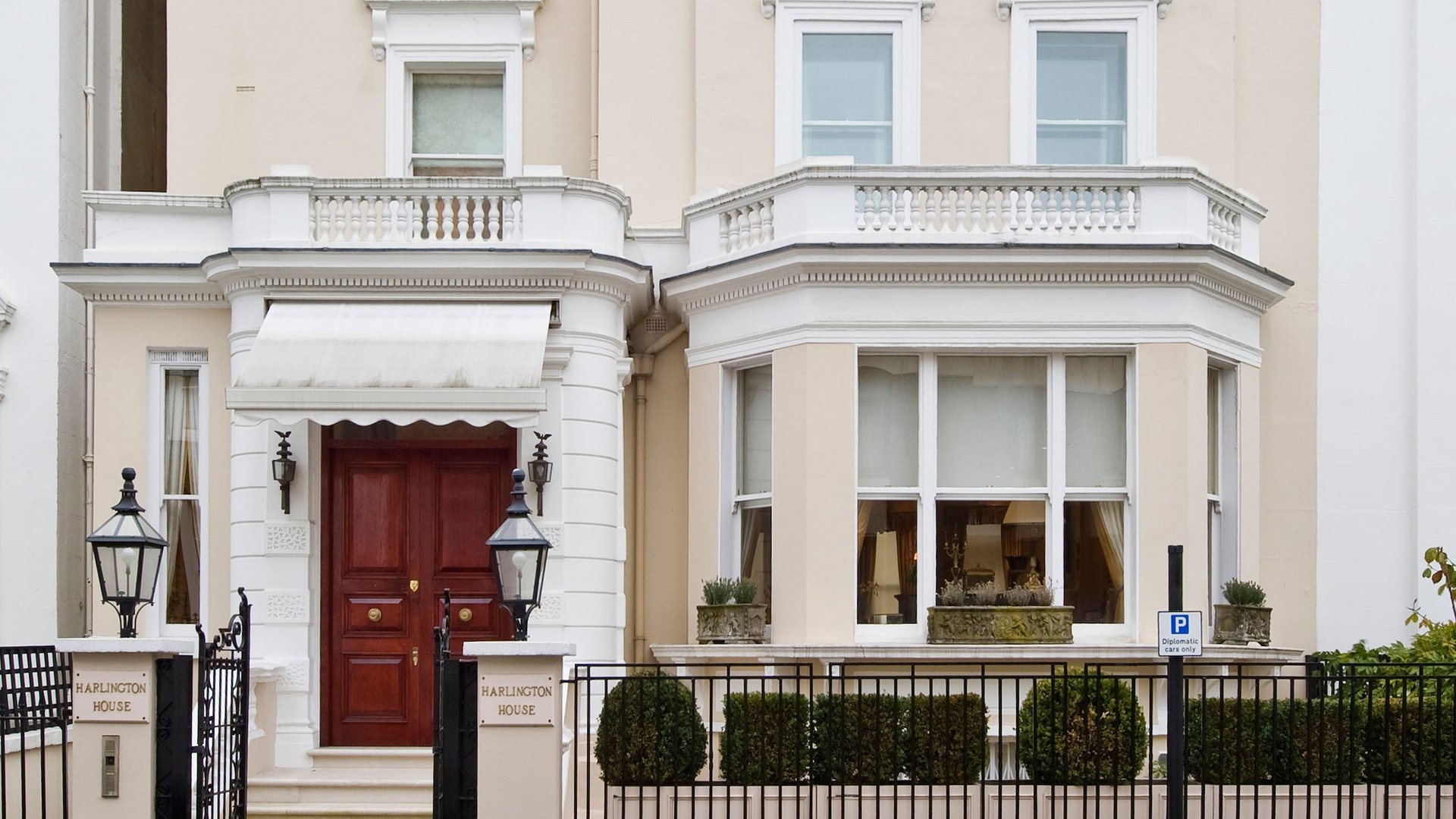
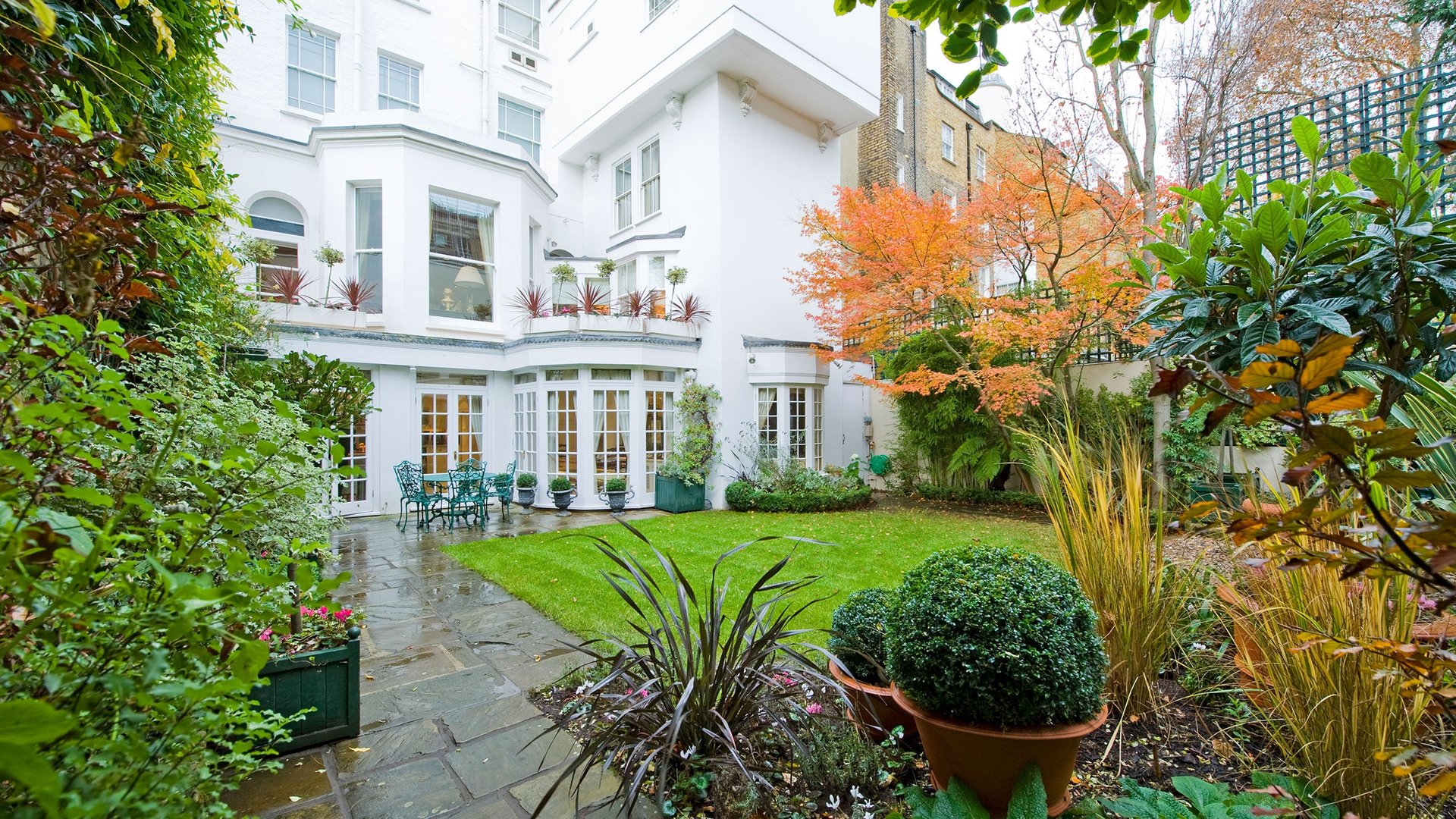
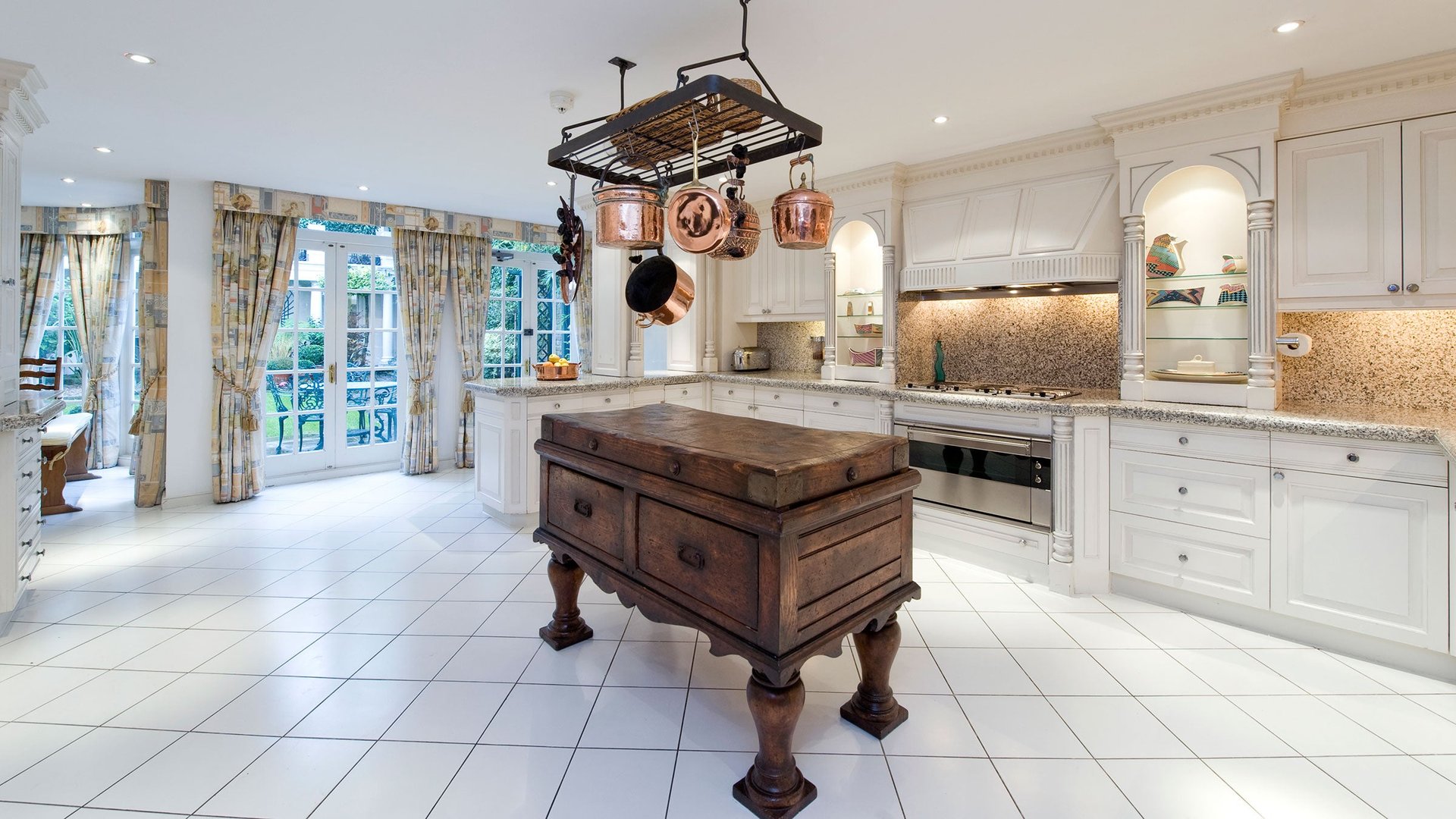
Recent news that a single family home overlooking Hyde Park is on sale for £300 million ($487 million) makes you wonder how long London’s luxury property boom can last.
“I have no real market data about why it should not continue this way,” says Martin Bernhard, a global real estate economist with Credit Suisse in Zurich, “but I think there’s a limit to what international rich buyers will pay.”
Over the past few years, there’s been little limit to the number of wealthy buyers, many paying cash, for a home in London’s so-called prime central area. Demand from Russian oligarchs, rich Middle Easterners escaping the Arab Spring, and now wealthy continentals wary of the euro crisis, have helped drive prices on London’s most expensive residential listings up more than 50% since the doldrums of early 2009, according to UK property agency Knight Frank.
Foreigners have long fueled this sector’s growth, but never more so than now. Between 2010 and 2011, foreign capital invested in prime London property rose 71% to £5.2 billion, found UK think-tank the Institute for Public Policy Research. Today London real estate is at a record high.
“London is not the UK,” says Pedro Aznar, a property investor in London. Rather, it’s a hub for wealthy global citizens. Apart from an investment standpoint, it’s a nice place to live, educate kids, and is centrally located for executives doing business in Europe, the Middle East, Africa and America. The government has also been extremely hospitable.
Until now.
In March, government officials, looking to cut the deficit and placate voters, targeted wealthy buyers by increasing to 7% from 5% the purchase tax on £2 million-plus properties, and introducing a 15% tax on homes bought by off-shore companies. Government officials are still debating more controversial changes. These include a £140,000 annual charge on properties selling for more than £20 million and owned by offshore companies, and extending a capital gains tax to apply to non-resident companies and trusts that sell UK residential property.
And this is where things could get ugly.
Last week, Nick Candy, a developer of One Hyde Park, London’s most expensive residential development where a five-bedroom flat is on sale for £65 million, told Bloomberg that he’s put off by government’s tax plans and is shopping for property in New York.
Some investors also worry about scarcity. Usually a good thing when it comes to spurring demand, in London it could become a problem. Often when people talk about prime London property what they really mean is the roughly 250,000 residential properties within a six square-mile radius around London’s Hyde Park—and in particular, two London boroughs, the Royal Borough of Kensington and Chelsea and the City of Westminster. Here strict building codes make it difficult to alter properties and build new ones. Naomi Heaton, chief executive of property investment company London Central Portfolio Ltd., says in recent years people have been holding properties longer, leading to less turnover. This of course could change, she says. But right now, “the selling market is contracting. There’s a risk in 15 years there won’t be anything else to buy.”
And then there are all those foreign buyers who may or may not keep coming depending on politics, the euro, or whatever turmoil may or may not be leading them to London.
Normally bullish property people grew less optimistic when growth slowed this summer. “We think the market will take a breather,” said Grainne Gilmore of Knight Frank. “There is a ceiling against which people will bump against.”
Yet this month, the market picked up again in Belgravia, Mayfair, Kensington and Knightsbridge. Analysts blamed it on the foreigners.